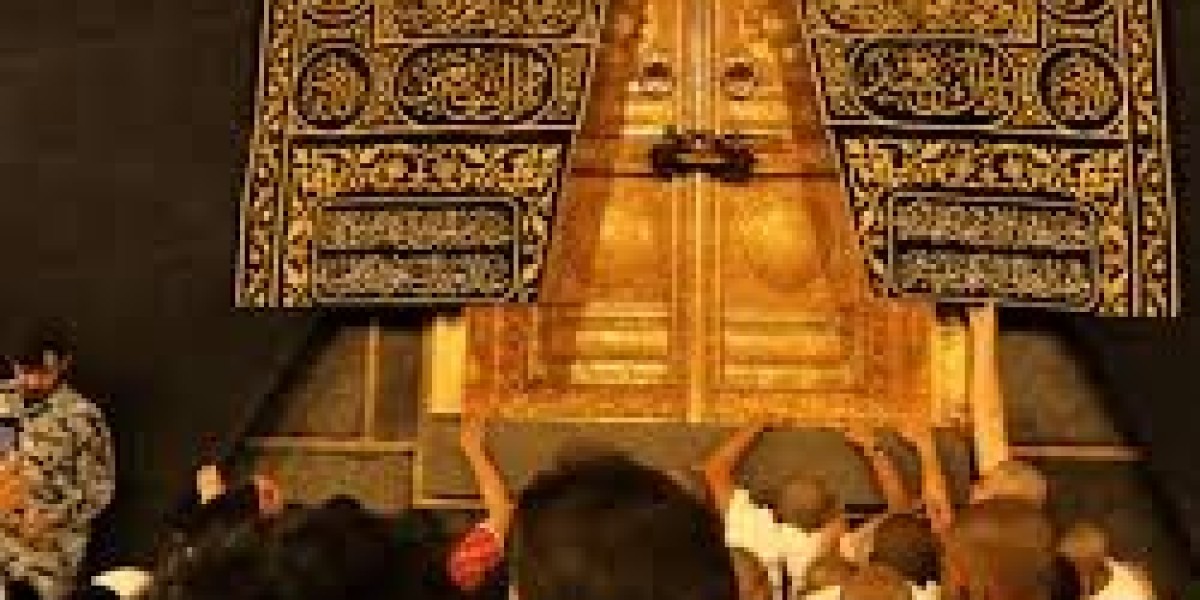In international politics, few rivalries have drawn as much attention as the one between the United States and Iran. Under former U.S. President Donald Trump, tensions reached a boiling point. His style of diplomacy was bold, direct, and—according to many—deeply confrontational. From harsh sanctions to bold military moves, Trump made it clear he intended to pressure Iran into submission. Iran, in turn, fired back at Trump’s military threats, rejecting intimidation and asserting its own strategic strength in the region.
But Iran had a different plan. Instead of backing down, it stood firm, showing the world that it wouldn’t yield easily. Here’s a closer look at how Iran resisted Trump's aggressive foreign policy, and what the world can learn from this tense chapter in global affairs.
The Trump Strategy: Maximum Pressure, Minimal Results
Trump’s approach to Iran was centered around a “maximum pressure” campaign. This included:
Pulling the U.S. out of the Iran nuclear agreement
Imposing some of the harshest economic sanctions Iran has ever faced
Publicly criticizing Iran’s regional involvement and military alliances
The hope was that all of this would force Iran to agree to a tougher deal. But that’s not what happened.
Iran’s Response: Holding Its Ground
Instead of giving in, Iran took a firm stance. It made some sacrifices—but it didn’t fold.
Iran’s leadership chose to:
Strengthen trade ties with neighboring countries like China and Russia
Focus on building a self-sustaining economy despite the impact of sanctions
Use public messaging to promote Iranian sovereignty and national pride
Despite economic struggles, many Iranians saw Trump’s actions as unjust. This brought people together, uniting different political groups inside the country under a common message: Iran would not be bullied.
Soleimani's Death: A Major Turning Point
One of the most emotional and explosive moments came in January 2020. The U.S. launched a drone strike that killed General Qassem Soleimani—a high-ranking Iranian military figure loved by many at home.
This move had serious consequences:
Massive protests erupted across Iran
Tensions between Iran and the U.S. escalated overnight
Iran responded with missile attacks on U.S. military bases in Iraq
While those strikes didn’t result in U.S. casualties, the message was loud and clear: Iran would not sit quietly in the face of such a provocation. The event deeply impacted U.S.-Iran relations, making diplomacy even more difficult.
The Global View: Mixed Reactions
Trump’s tough approach didn’t go unnoticed. Reactions from the international community were mixed:
European allies like Germany, France, and the UK called for de-escalation and dialogue.
Countries such as Israel and Saudi Arabia supported Trump’s hardline position.
Neutral voices at the United Nations diplomacy forum emphasized the need for diplomacy over conflict.
For many outside observers, the situation felt like a step backward. Years of careful negotiation were unraveling quickly, and the region seemed more unstable than ever.
Economic Pain, but Political Unity
There’s no sugarcoating it—sanctions hurt Iran’s economy. People faced inflation, job losses, and price hikes. Still, there was a strange outcome: instead of weakening Iran’s political structure, it seemed to strengthen it.
Here’s why:
The government used the sanctions as a rallying cry for national unity
Leaders across political lines agreed that Iran should resist foreign pressure
The crisis gave the ruling class a reason to tighten internal control
In the face of external threats, many Iranians—regardless of politics—felt a renewed sense of patriotism.
Did Trump’s Tactics Work?
The answer depends on who you ask. Let’s break it down:
On one hand, the regime change in Iran never happened, and the government stayed in power.
The goal of creating a tougher nuclear deal wasn’t achieved.
On the other hand, Iran was economically isolated and pushed into survival mode.
Critics argue that applying pressure without open dialogue was a mistake. Others believe that the strategy made Iran more cautious. Either way, it's clear the results were far from black and white.
Diplomacy vs. Aggression: What’s the Lesson?
Iran’s resistance to Trump’s approach sparked an ongoing debate: What works better—strong-arm tactics or diplomacy?
Let’s look at both sides:
? Diplomacy:
Builds long-term trust
Keeps communication open
Creates room for compromise
? Aggression:
Can create fear, but not always cooperation
Risks escalating into conflict
Often closes the door on future negotiation
Many global leaders now see that while power is important, diplomacy is essential for lasting peace. The events between Iran and Trump could influence future international diplomacy strategies for years to come.
Final Thoughts: Standing Tall in Tough Times
Iran’s decision to hold firm under immense pressure surprised some and impressed others. Instead of folding under sanctions or military threats, it focused on unity, survival, and sovereignty.
While the country paid a price economically, it demonstrated political strength and resilience. Whether you support Iran’s policies or not, it’s clear that this chapter in history proves one thing: national dignity still matters in global politics.
As for Trump, his approach to foreign affairs may continue to be debated. But Iran’s ability to weather the storm shows that diplomacy, respect, and understanding still have a place in solving the world’s toughest problems.






